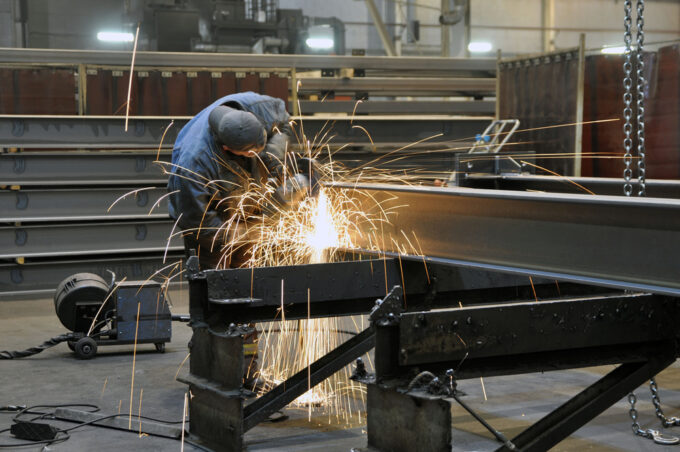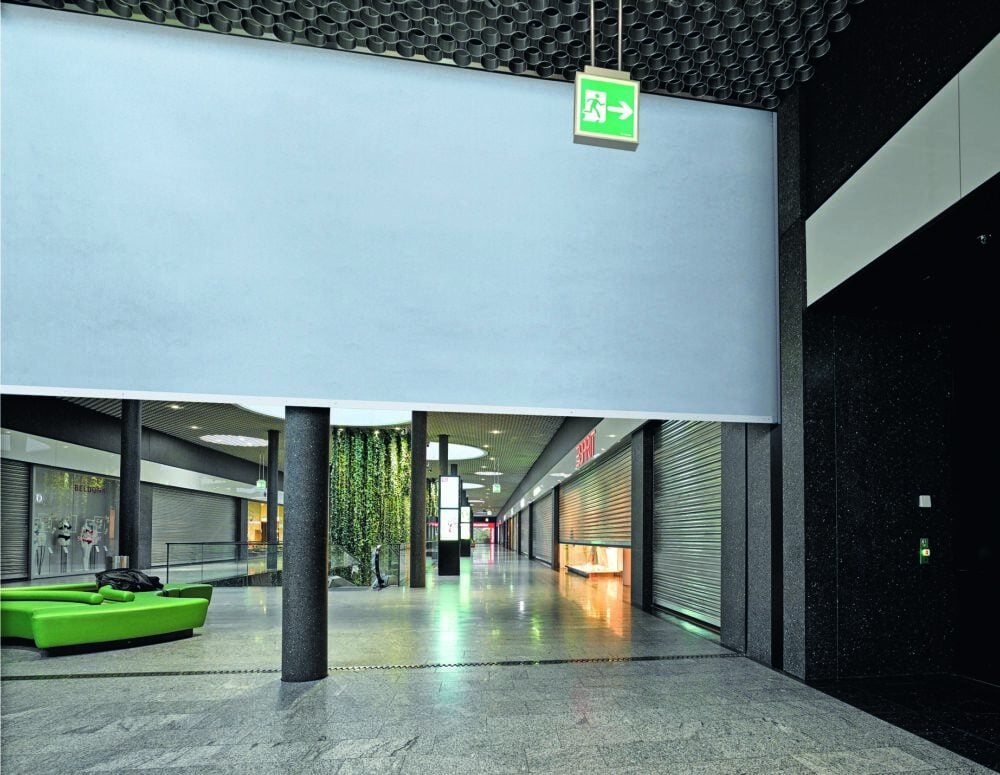Not all fire loads are the same
No fire without a fire load. This sounds simple, but it is not. Because not all fire loads are the same.

to do. Therefore, the determination of the fire load is enormously important. Depositphotos, safonmoskov
The term fire load actually only defines a combustible substance with a certain quantity or mass. It is not distinguished whether this substance is easily combustible or flammable, but rather how high the amount of energy is that can be generated during the combustion of the substance. And for good reason, because the intensity of the heat, coupled with the duration of the combustion process, results in the thermal load for the components, buildings and objects exposed to the fire. Of course, the thermal load for the firefighting forces should also be mentioned.
An example
A roll of paper in a print shop's warehouse is normally wound relatively tightly. Trying to light it with a match will not succeed (in the vast majority of cases, exceptions prove the rule). If, on the other hand, you unroll the paper in advance, it catches fire immediately. This is the reason why, when we want to light logs on a campfire with a newspaper, we crumple up the individual newspaper pages and set them alight. However, this means that the fire load, i.e. the quantity and mass of the paper roll, is exactly the same in both cases - the flammability, on the other hand, can vary greatly. This phenomenon is particularly striking in the case of a dust explosion.
Certainly, the existing fire load on a given area represents a fire hazard to a greater or lesser extent. This is also the reason why it is taken into account in fire protection. An example will illustrate this: Several years ago, an explanation of the MLAR (Muster-Leitungsanlagen-Richtlinie) of December 1998 explained why the previously tolerated total fire load in escape routes (!) of 7 kilowatt hours per square meter or 14 kilowatt hours per square meter of floor space (the latter value exclusively for halogen-free cables) was changed to a general ban on combustible electrical cables that were not protected by fire protection. In simple terms, the hazard posed by these cables for various reasons (e.g. exceeding the fire load due to subsequent installations) was rightly deemed to be no longer tolerable.
Important in the industrial sector
Especially in industrial construction, the quantitative characteristics of a fire load play a significant role. This is determined in DIN 18230 (structural fire protection in industrial construction). Especially in the industrial sector, where one has to deal with a wide variety of products, substances, quantities, etc., the determination of the fire load is of enormous importance. Only in this way can the necessary structural, technical and organizational measures concerning fire protection be determined in a targeted manner.
A consistent approach is extremely helpful in determining the very different fire loads in industrial buildings relatively precisely and thus in defining the required scope of protection. Certainly, the determination is "hypothetical", because the protective measures are only adapted to a defined (theoretical) fire load. If this definition is significantly exceeded, one enters a dangerous zone. It becomes more subtle if, for example, the fire load increases due to a change in the composition of the product to such an extent that the implemented fire protection measures are no longer sufficient and, in the event of a fire, the total loss of an object is the result.
can. Logically, an increase in the amount stored also leads to this. Or a warehouse that was originally intended for other products and now experiences a much larger fire load with a new stored product is certainly not in a condition that can be described as perfect. The calorific value and fire behavior of the stored material also influence the duration and intensity of the fire and must also be taken into account. If this is not taken into account, the resulting damage in the event of a fire can be enormous.
The determination of the specific fire load and its observance, as well as the protective measures developed from this, are therefore central to targeted fire protection. These measures must therefore be continuously monitored and any exceedance of the specified limit must not be permitted. As has been shown, the material properties of the flammable substances have a significant effect on their flammability for the same quantity. This can therefore vary greatly, so that one is well advised to consider all factors affecting the fire load, i.e. not only the fire load itself, during the planning stage and, if necessary, to carefully weigh up the design of the object, the necessary fire protection measures or the fire load to be accommodated therein: on the one hand, in order to avoid a costly design and, on the other hand, to avert a total loss.
* Author Bruno B. Hecht is an architect and fire protection specialist, VZM GmbH.









